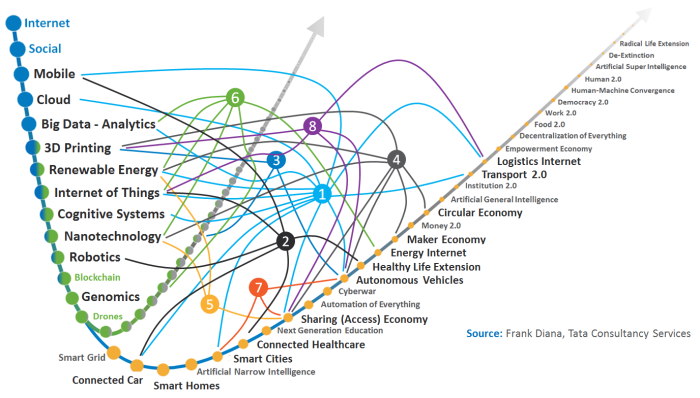In segment five of my interview with Chunka Mui, we discussed virtuous cycles and their ability to accelerate the pace of science, technology, and emerging future scenarios. Mr. Mui uses the driverless car to demonstrate the impact of these cycles, and the impact they have on emerging scenarios. In a Future Thinking context, analysis of these cycles must be part of our Rehearsing, or we will misjudge their timing and short term implications.
Chunka Mui is the managing director of the Devil’s Advocate Group, a consulting team that helps organizations design and stress test their innovation strategies. Mr. Mui published a popular book titled The New Killer Apps.
Segment five is a quick three minute video.






